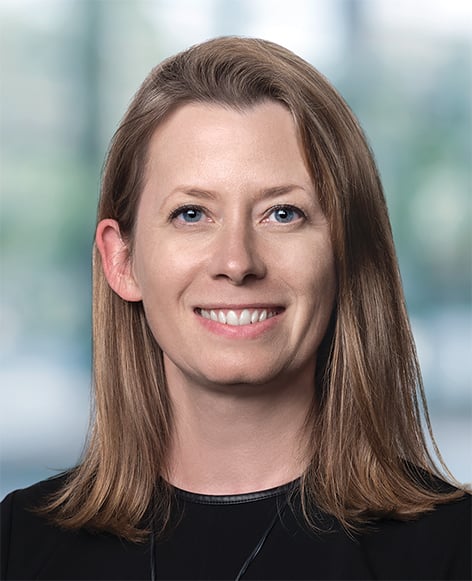CRA Life Sciences continues its series on leveraging RADAR, an orphan drug data repository. With rare oncology diseases in the spotlight at ASCO this season, a new analysis examines pricing and market access trends in France using RADAR. The study compares 20 rare oncology products and 51 rare non-oncology products, all assessed by the French Transparency Committee between 2013 and 2024.
Findings reveal that, on average, non-oncology rare disease therapies seemingly achieved 50% higher prices—respectively around €170,000 and €115,000 for rare non-oncology and rare oncology treatments. This disparity may stem from the inability of oncology products to secure high ASMR (1 or 2) ratings, reflecting the challenges of demonstrating major improvements in overall survival in a small population vs. existing treatments that often include chemotherapy and off-label targeted treatments.
Further, rare non-oncology products rated ASMR 3 achieved prices three times higher than rare oncology drugs with the same ASMR rating. This may reflect both the influence of lower-priced oncology comparators and the smaller patient populations in non-oncology rare diseases. Indeed, as demonstrated in previous studies,1 there is a correlation between reimbursed annual launch treatment costs and eligible patient number, where costs decreased as patient number increased; here, rare non-oncology products had a lower average patient prevalence (0.038 per 10,000) compared to rare oncology products (0.084 per 10,000).
Trial design also appeared to play a role: half of the non-oncology therapies with ASMR 3 were studied in placebo-controlled trials, while all oncology products used standard of care (SoC) comparators, suggesting that although payers may accept placebo-controlled trials in non-oncology rare diseases given the frequent lack of approved alternatives, they may expect more rigorous comparative data even in rare oncology.
However, for products rated ASMR 4 and 5, pricing and prevalence trends were similar across both groups, potentially reflecting the dynamics in competitive rare diseases and French payers’ willingness to pay for more nuanced innovation.
Key takeaways:
- No ASMR 1 and 2 ratings for rare disease oncology treatments due to challenges demonstrating significant added value in cancer indications
- Higher willingness to pay in non-oncology rare diseases (particularly noticeable when comparing prices achieved by ASMR 3 products), potentially due to the lack of treatment alternatives compared to oncology
- Lower disease prevalence likely supporting higher prices in non-oncology
- Higher evidence requirements in oncology given expectations to provide comparative data versus SoC


